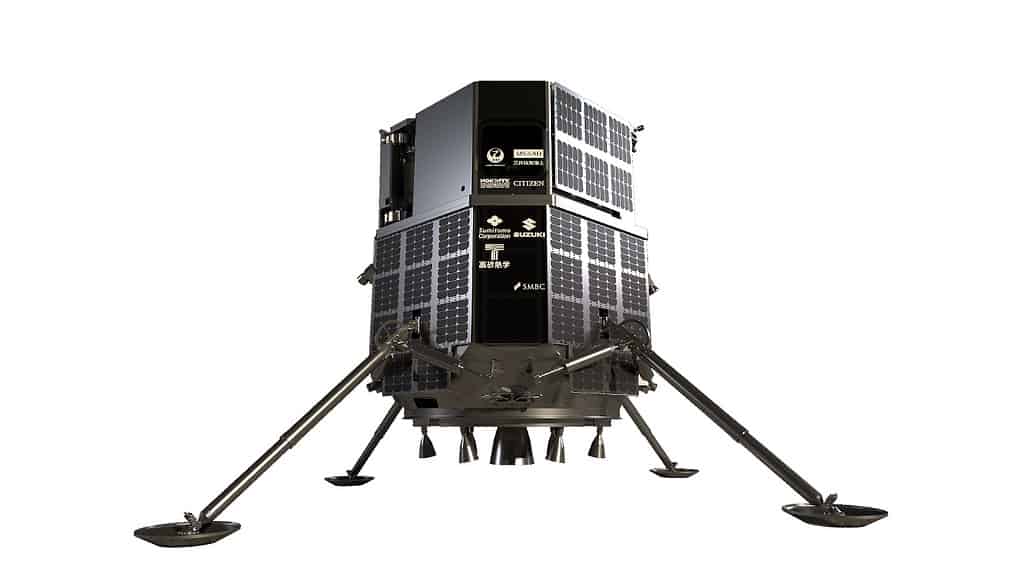Japanese lunar exploration company ispace lost contact with a spacecraft it planned to send to the moon. Communications ceased as the lander descended the final 10 meters, and it seems like its mission has failed.
“We will keep going — never quit the lunar quest,” CEO Takeshi Hakamada said on a webcast.

Named Hakuto, Japanese for white rabbit, the lander was aiming to touch down in the Atlas Crater, located in the northeastern sector of the moon. The company’s uncrewed mission carried a small lunar rover from the United Arab Emirates and a toy-like robot from Japan. The company would have been the first private company to complete the feat.
They hope to one day provide a one-way taxi service to the moon for other businesses and organizations. The company was founded over a decade ago as part of a team competing for the Google Lunar Xprize. It now has over 200 employees around the world, steadily raising funds from many investors – including Airbus and Suzuki.
“We have to assume that we did not complete the landing on the lunar surface,” Hakamada said on the company’s webcast. The engineers of the company will persist in examining the spacecraft data to enhance forthcoming editions of the lander. According to Hakamada, there is already a plan for a subsequent lunar expedition in 2024.
A big endeavor
Prior to the launch, ispace had laid out 10 key milestones for their mission. Of these, eight had already been achieved by the company. The ninth was a successful soft-landing on the surface, while the 10th involved the establishment of stable communication with Earth, as well as a consistent power supply after the landing.
Our HAKUTO-R Mission 1 Lunar Lander was expected to land on the surface of the Moon at 1:40 am JST on April 26, 2023. At this time, our Mission Control Center in Tokyo has not been able to confirm the success of the lander. (1/2)#ispace #HAKUTO_R #lunarquest
— ispace (@ispace_inc) April 25, 2023
The lander departed from Cape Canaveral, Florida, on a Space X rocket in December last year. Before trying to land, it was in the moon’s orbit traveling at 100 kilometers per hour.
“What we have accomplished so far is already a great achievement, the CEO had said before the landing attempt, describing it as a new era on lunar missions.
While it was mainly designed to test the company’s hardware, Hakuto was also supposed to test an experimental solid-state battery and deploy two robots: Sora-Q, a transformable Japanese robot, and Rashid, a rover developed by UAE. Rashid carried a variety of cameras and an instrument to analyze the moon’s surface environment.
Only three countries have successfully landed on the moon: Russia, the US and China. The first privately funded lunar lander mission crashed into the moon in 2019 after an engine failure. As well as ispace, two other US companies, Astrobotic and Intuitive Machines, are also planning to launch their lunar landers to the moon this summer.









